Circuit Description
Normally, switches, accelerators, and other components are connected to the engine electronic control module (ECM) directly through individual wires. Multiplexing allows those same components to be hard wired to an OEM VECU or transmission electronic control unit in the cab. Then component values and states from components (such as sensors, accelerators, and switches) can be transmitted from the OEM VECU to the Cummins® engine ECM over the SAE J1939 data link.
Messages sent from the OEM Vehicle Electronic Control Unit (VECU) or transmission electronic control unit are received by the Cummins® engine ECM and used for controlling the engine. The Cummins® ECM and OEM VECU must be configured properly so that proper operation of the multiplexed components will occur.
Component Location
The J1939 data link wiring and VECU location varies by OEM. Refer to the OEM service manual.
Conditions for Running the Diagnostics
This diagnostic runs continuously when the keyswith is in the ON position, or when the engine is running.
Conditions for Setting the Fault Codes
The OEM VECU determines that there is a malfunction fo the accelerator pedal or lever idle validation switch.
Action Taken When the Fault Code is Active
-The ECM illuminates the red STOP ENGINE lamp immediately when the diagnostic runs and fails.
Conditions for Clearing the Fault Code
-To validate the repair, start the engine and let it idle for 1 minute.
– The fault code status displayed by INSITE™ electronic service tool will change to INACTIVE immediately after the diagnostic runs and passes.
-The ECM will turn off the red STOP ENGINE lamp after the diagnostic runs and passes.
-The “Reset All Faults” command in INSITE™ electronic service tool can be used to clear active and inactive faults.
Shop Talk
The J1939 multiplexing controller has indicated a malfunction of the accelerator pedal or lever idle validation switch.


 AGCO
AGCO ALLISON
ALLISON BENDIX
BENDIX BOBCAT
BOBCAT CAT
CAT CLAAS
CLAAS CNH
CNH DAF
DAF DETROIT
DETROIT EATON
EATON FREIGHTLINER
FREIGHTLINER HINO
HINO HITACHI
HITACHI ISUZU
ISUZU JCB
JCB JOHN DEERE
JOHN DEERE JPRO
JPRO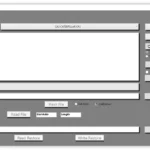 MAGIC TUNER
MAGIC TUNER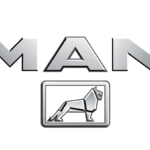 MAN
MAN Navistar
Navistar PACCAR
PACCAR PERKINS
PERKINS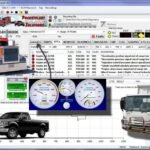 PF DIAGNOSE
PF DIAGNOSE PSI POWERLINK
PSI POWERLINK RENAULT
RENAULT SCANIA
SCANIA THERMO KING
THERMO KING UD NISSAN
UD NISSAN VOLVO
VOLVO WABCO
WABCO ZF TESTMAN
ZF TESTMAN
 BELL
BELL BENDIX
BENDIX BOBCAT
BOBCAT CARRIE
CARRIE DAF
DAF DETROIT
DETROIT EATON
EATON FUSO
FUSO MACK
MACK
 Cumminz
Cumminz ISB4.5 CM2150
ISB4.5 CM2150 All Engines (2017 Emissions)
All Engines (2017 Emissions) PACCAR
PACCAR

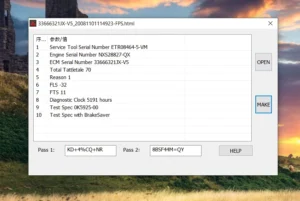
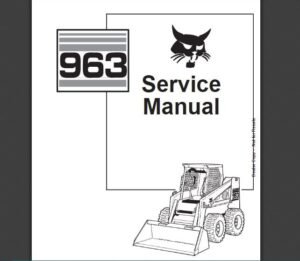

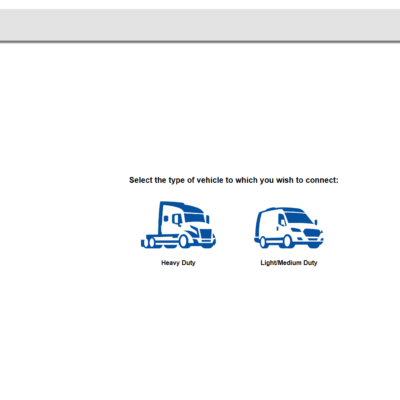
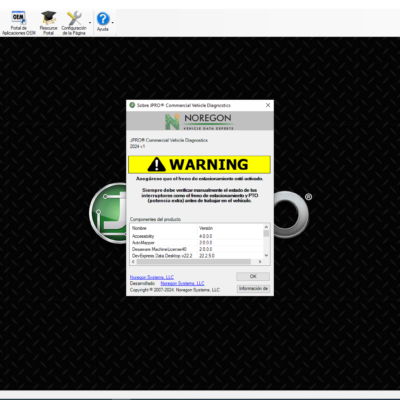
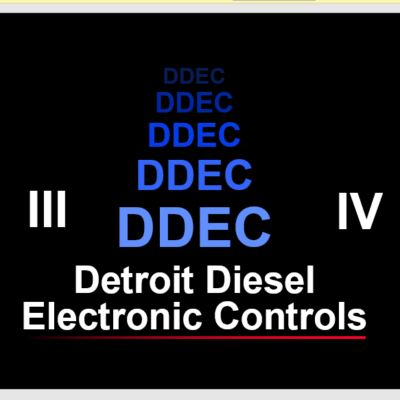
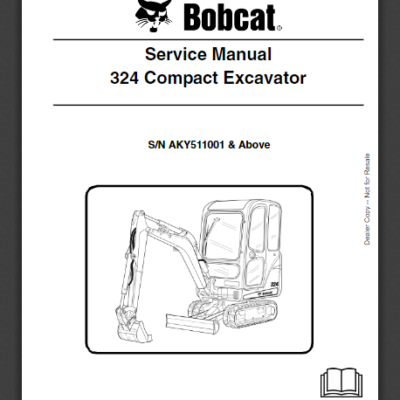
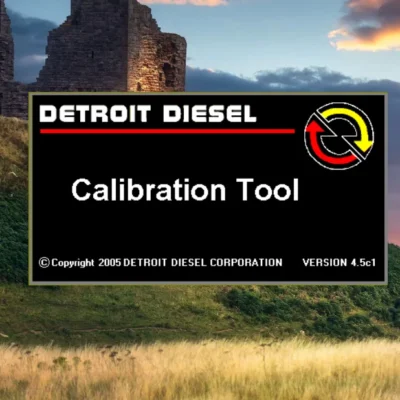
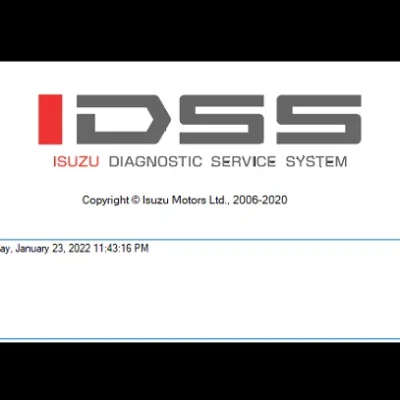

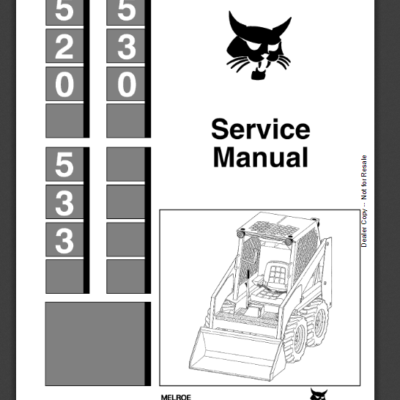
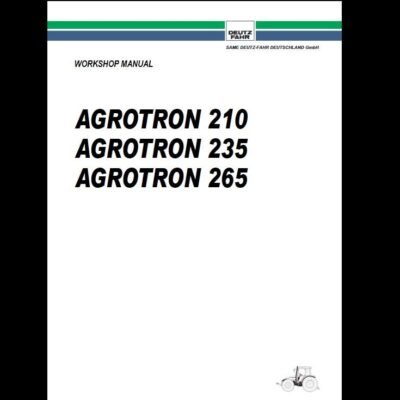
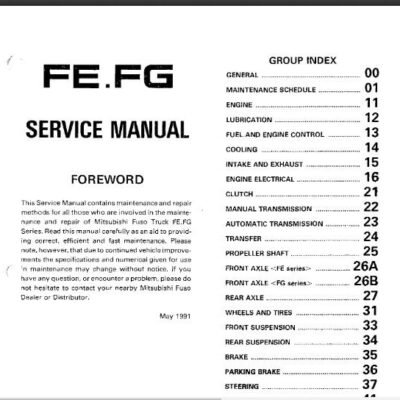

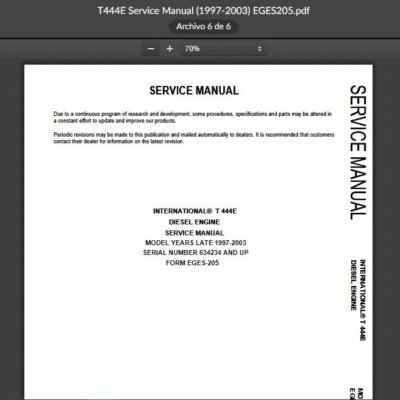
Reviews
Clear filtersThere are no reviews yet.